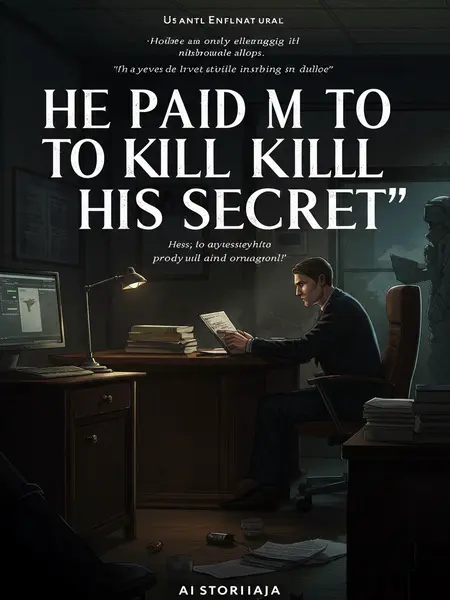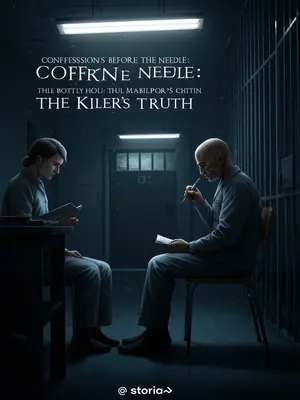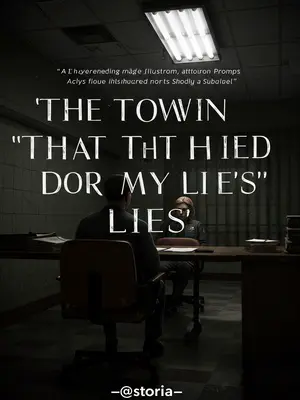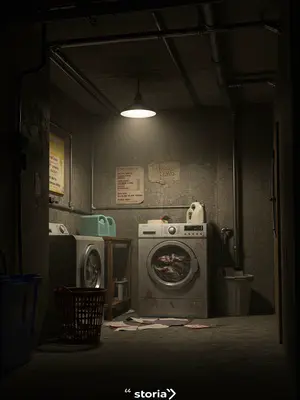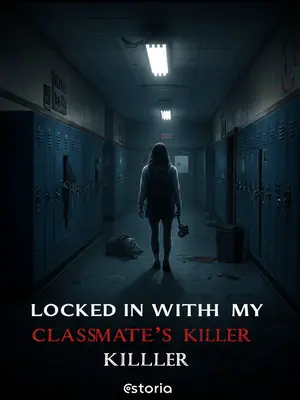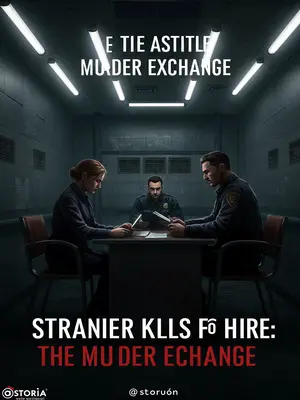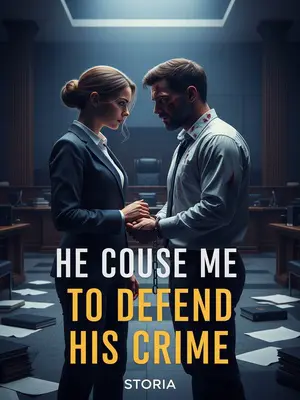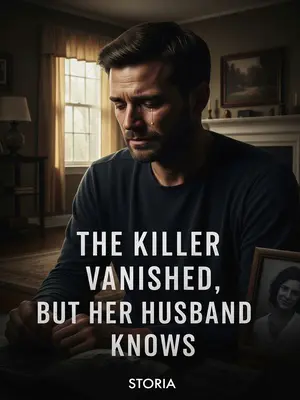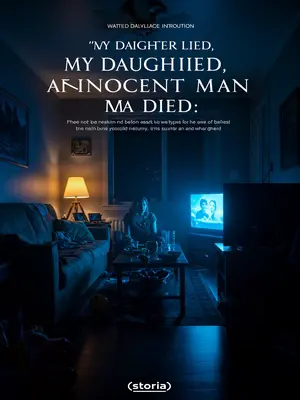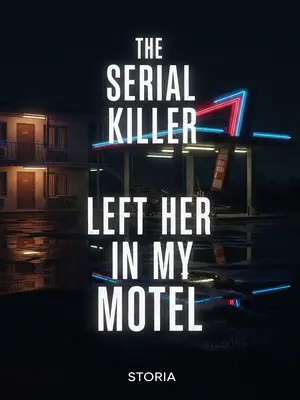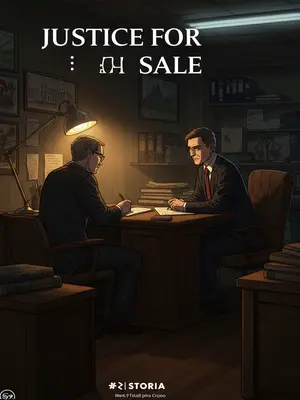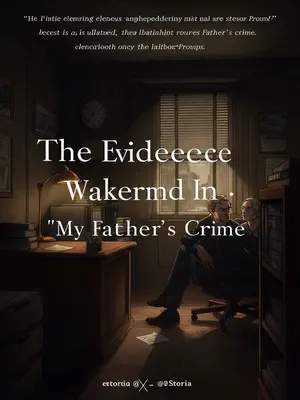Chapter 1: The Road to Ruin
When you run out of options, some folks say there’s only one road left—and it’s paved with bad decisions. I used to laugh that off, but after my first case, I stopped laughing.
People love to repeat that old saying, but let me tell you: crime isn’t some easy shortcut. It’s a road lined with regret, and I learned that the hard way.
Eight years ago, I’d just graduated law school, eager and green, when I landed my first criminal case. My client? A junior from my own university.
This case left a mark on me that’s never quite faded.
Don’t get me wrong—this wasn’t some sensational, front-page nightmare.
There were no body parts in barrels, no mafia shootouts, no headlines about serial killers.
It wasn’t even a twisted family soap opera—nobody poisoned their in-laws, no long-lost twins.
It was just a regular, gut-wrenching tragedy. The kind that might get a couple lines in the Toledo Blade, sandwiched between a city council zoning fight and Little League scores. Ordinary, but devastating.
A construction worker had murdered a coworker.
The crime went down on August 14, 2014, in room 201 of a workers’ dorm at a construction site in Toledo, Ohio.
The killer called 911 at 3:00 p.m., giving the dispatcher the exact time and place he’d do it, and asked the cops to come arrest him. I imagine the dispatcher tapping her acrylics on the desk, fighting off a yawn, not sure if this was for real or just another crank call in a steady Midwestern monotone.
She tried to talk him down, but he barely said a word before hanging up. There was a flatness in his voice, the kind people get when they’ve decided there’s no turning back.
Right after, the killer found a rope, looped it through the ceiling fan’s hook, and tied a noose. The room smelled faintly of sweat and instant noodles, sunlight falling in slanted squares on chipped linoleum. An Ohio State Buckeyes poster was peeling off the wall, and a battered Red Wings cap was tossed carelessly on a folding chair.
While the victim slept, the killer slipped the noose over his head. The TV played a rerun game show, the hum of the window A/C barely covering the sound of heavy boots on creaky floorboards.
Standing a few feet away, he yanked the rope like he was hauling in a stubborn catch. For a moment, it was just muscle and grit—hands burning on coarse rope, the strain making his shoulders tremble.
The noose tightened, jerking the victim off the bed. He kicked and thrashed, socks scraping against the metal bedframe, the bedsprings shrieking like a wounded animal.
It takes about five minutes to hang someone to death. Five minutes of agony: convulsions, bloodshot eyes, desperate clawing at the rope, lungs screaming for air. It’s the kind of scene that leaves a stain in the air long after the cleanup crew leaves.
If the killer had hesitated—if he’d let go even once—the victim might have survived. But he didn’t. That rope was more than a weapon; it was his decision, his verdict—delivered muscle by muscle, second by second.
But the killer held on, determined to see it through.
After five minutes, the victim went still. Silence followed, broken only by the clang of tools outside or a neighbor’s radio buzzing through the wall.
Two minutes later, at 3:18 p.m., the police arrived. When they forced the door, they saw a big man hanging in the center of the room. Red and blue lights from outside flickered across the walls, throwing jagged shadows over everything.
The killer sat on the lower bunk, tying the rope to the bed rail. He looked up at the cops with an empty stare—like a guy waiting for a bus that would never show up.
They cuffed him right there, reading him his rights with the kind of weary routine you only get from years on the job.
Later, they asked him why he did it. His answer was as flat as the rest:
Because they’d shoved each other at work, and he held a grudge.
…
I said earlier: this case was for my junior.
Not the victim—the murderer.
His name was Caleb Myers. We’d played together on the university basketball club. That summer before his senior year, he worked construction to pay the bills—and ended up killing a man. Back then, he was just another Midwest kid in a faded Ohio State hoodie, working double shifts at the Waffle House and showing up to pickup games with sneakers so worn you could see his socks.
It took him five days to reach out to me. By then, the city was already moving on—a new construction project, potholes patched, life grinding forward. But Caleb? He was desperate and alone.
The court-appointed public defender wanted nothing to do with his case and had turned him down more than once. Maybe it was the mountain of evidence, maybe just the hopelessness of it all. Either way, Caleb was stranded.
He was scared that if the public defender did represent him, he’d just stand there in court and do nothing.
If he wanted even a shot at a lighter sentence, he needed someone he could trust—so he thought of me. I was the only one left who might care, or at least pretend to.
There was more to it than that:
Both of Caleb’s parents were gone. His family was broke. All he inherited was a box of old baseball cards and a Chevy that barely made it through the Ohio winter.
Looking back, I don’t know why I agreed. Maybe it was old loyalty, maybe denial. Maybe I just couldn’t believe he’d actually killed someone. Either way, I took the case, half in shock. There’s a strange kind of bond that comes from late-night pizza and college arguments—a loyalty that makes you do things you know you’ll regret.
But once I started, I realized I’d made a huge mistake.
…
In the legal world, everyone talks about “win rates.” Most lawyers cherry-pick cases they think they can win. I guess that’s why Caleb’s public defender bailed.
He wanted out because this case was a dead end—airtight, no wiggle room.
Crime scene was untouched.
Murder weapon was right there.
Suspect confessed.
Eyewitnesses and physical evidence lined up.
No lawyer could win this.
Least of all me, a rookie on my first criminal case. My hands shook the first time I opened the file, sweat running down my back.
…
I spent three days buried in case files, tearing my hair out looking for a way to help. My apartment was a graveyard of coffee cups and take-out boxes, yellow highlighter everywhere.
Finally, I sent a request to the county jail to see Caleb.
When we sat down in the visitation room, the first thing I said was:
“Caleb, you’re looking at life. At best.”
He stared at me, stunned.
“Life? No way. I turned myself in—shouldn’t that count for something?”
Turns out, he called the cops hoping for leniency. It showed he didn’t understand the law. I had to break it down for him:
“Turning yourself in means you confess after the fact. You called the cops before it happened, Caleb. That’s premeditated. My stomach dropped as I said it—how could he not know this?”
He looked stricken, like the world had suddenly tilted:
“But I…”
I had to make him face reality:
“It takes five minutes to hang someone. That’s five minutes for your conscience to kick in. If you’d let go at any point, he’d have lived. But you didn’t. You were set on killing him. Life’s the best you can hope for.”
“Life… so I’ll die in prison?”
“If you behave, you might get it reduced to a set term.”
He looked up, voice trembling:
“If I behave, when could I get out?”
“If everything goes smooth, maybe thirteen years.”
After that, he just wilted—head down, voice small:
“Please, man.”
I looked at him, not understanding any of it.
How does a broke, good kid—a kid who always played fair—end up killing over a shove?
